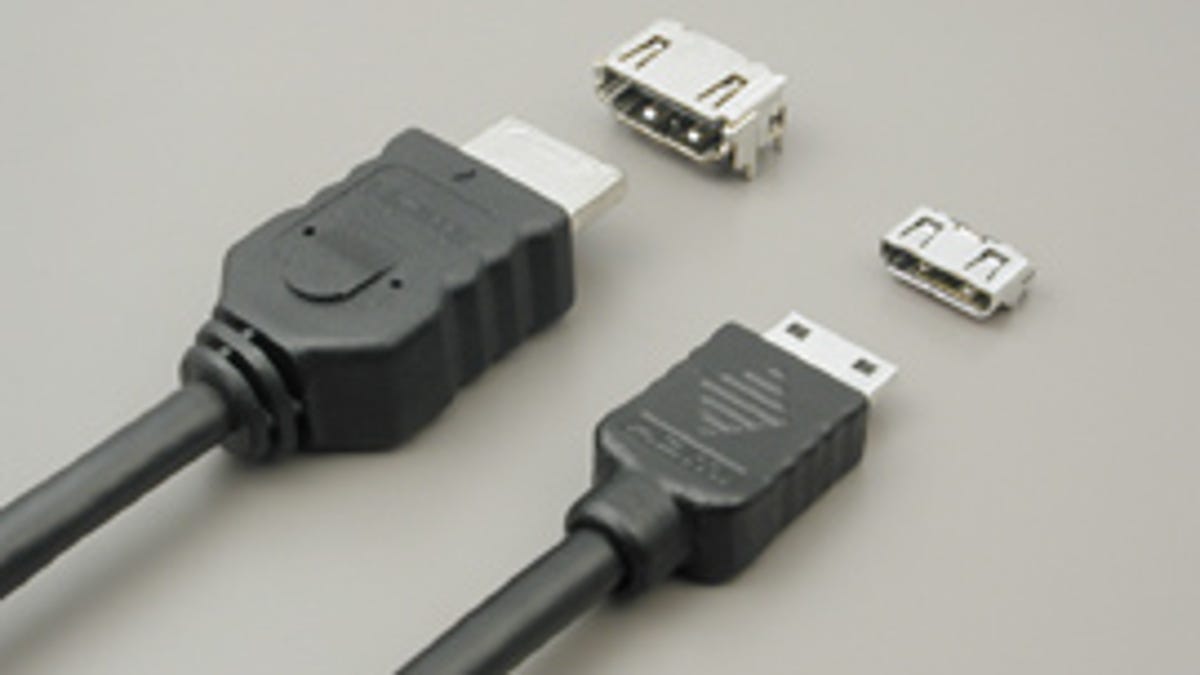HDMI 1.3: The 1080p of 2007?
HDMI 1.3 is coming, but does it render everything else obsolete?

In a conference call this year with an exec at HDMI, we heard someone at the other end of the line describe HDMI 1.3, the new standard for the highest-quality digital A/V connection, as "the 1080p of 2007." In other words, he's hoping that HDMI 1.3 becomes the new buzzword in HDTV that everybody wants to know about, that high-end buyers will plunk down lots of cash to get, and that makes everything that came before it seem obsolete.
On Monday, I attended a 3-hour press event where HDMI Licensing LLC, the company behind the connection, along with Mitsubishi and Dolby, did their best to convince the attending press about the benefits of the new HDMI standard. There's an online press kit, which includes the complete PowerPoint presentation, but I can sum it up for you now: HDMI 1.3 has more than twice the bandwidth of the previous version (10.2 Gbps vs. 4.95 Gbps), which allows manufacturers of all stripes to offer a range of future extras. These can include:
- Deep Color: Current HDMI connections are limited to 8-bit color. HDMI 1.3 can carry 10-, 12-, or even 16-bit color depths as long as the source (the disc and player, for example) and display are up to the task. Before you ask, no consumer sources or displays offer 10- or higher bit color. One benefit of extra bits is to allow smoother gradations between colors, which can cut down on false contouring.
The only currently confirmed devices with HDMI 1.3 are the PlayStation and the forthcoming Toshiba HD-XA2 HD-DVD player and Epson PowerLite Pro Cinema 1080 projector (model EPM-TW1000). We expect the majority of the HDMI-equipped products announced at CES 2007 to comply with the new standard.
If you've just bought an HDTV or other piece of gear with the old connection, don't fret. We don't expect any of the enhancements afforded by the connection to blow anyone's mind, and most won't even be available in content for a good long while. The ultimate bottleneck may be cable and satellite companies, whose boxes will need HDMI 1.3 upgrades, too--don't count on those anytime soon.
Of course, the mere presence of HDMI 1.3 does nothing to guarantee that a 1.3-equipped product--such as an HDTV, Blu-ray, HD-DVD, standard DVD player, or A/V receiver--actually offers any of these extras. It simply opens the door to enabling them. And that's where the confusion begins. I expect unwitting buyers soon will begin to confuse HDMI 1.3 with the features mentioned above, and with any others that may come down the pike. Even the features themselves are difficult to grasp, let alone remember--don't be surprised if "xvYCC" becomes "Hyper Color" sometime soon.
One encouraging thing to come out of the press event however: When directly asked whether HDMI 1.3 will require new cables, the HDMI spokesman let slip a detail that's sure to make the people at Monster Cable weep. He said 98 percent of existing HDMI cables would work fine with HDMI 1.3. So at least something's not obsolete.

